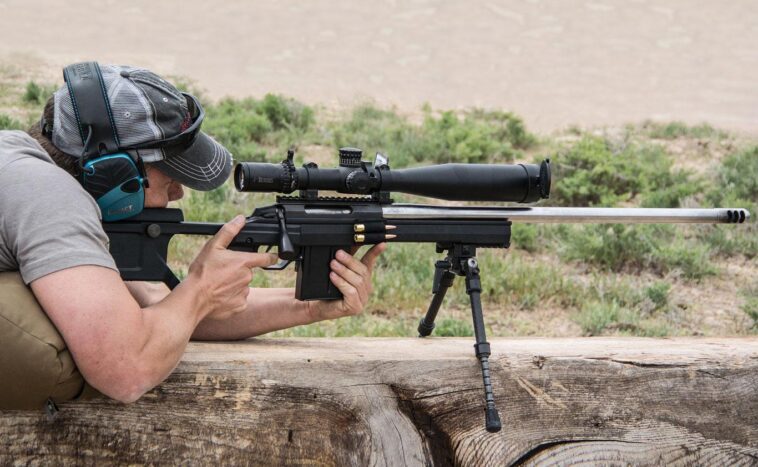Rimfire rifles often play the role of doormen that introduce novice shooters to the world of firearms. Low recoil and affordability make them obvious choices for that position. These rifles more than any other witness the first successes and failures.
As such, questions on how to improve your accuracy with 22 rifles are amongst the most common precision-related questions. There are several things you can do to improve your marksmanship.
In this article, Gritr Sports sheds light on what those tips are. All of them are quite universal and can be applied to other types of rifles and firearms in general.
Proper Stance and Body Position
Having a proper stance and body position when shooting is essential for accuracy. It helps to create a solid platform for the shooter, allowing them to be more accurate and consistent with their shots.
Standing position is the most common one, though it is also the most difficult for accurate shooting. You have no other support than your muscles, which doesn’t help with retaining stability one bit. When standing, you should place your feet at shoulder width, with the toes pointed toward the target. The legs should be slightly bent at the knee.
Shoulders together with hips should be squared to the target. The back should be straight, not hunched over or arched too far back. Engage from the bottom (your hips) to the top, not from top to bottom.
Establish a firm purchase with your firearm control hand. You should be able to easily reach safety switches and manipulate trigger control. The supporting hand holds the forestock with your elbows pointing down, not outwards.
Although standing is the fastest stance to acquire, there are other positions shooters can use. When shooting from a kneeling position, you place one knee on the ground while using the other leg to support the elbow of the supporting hand.
That will help you remain steady while shooting. Shooting prone would require you to lay flat on your stomach with your elbows propping up your upper body and arms extended in front of you. Since this shooting stance gives you more points of support than any other, it is most beneficial for accurate shooting.
However, it limits your view of the target, especially if there are some natural obstacles on the way. Whatever stance you choose, it is important to strike it correctly. Mind all your limbs and angles, as they can have a detrimental effect on your shooting if left neglected.
Basics of Scope Alignment
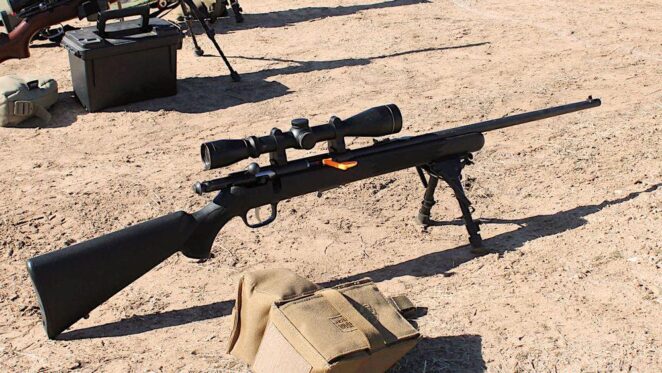
Sighting in scope is an important part of ensuring accuracy when shooting with a rifle, given you have one mounted. It involves adjusting the windage and elevation dials on the scope to align with where the barrel is pointing. This process, known as bore sighting, is the first thing that needs to be done when shooting with a scope.
After that, adjust the power level on your riflescope until its magnification level is ideal for hitting your target accurately. You may want to adjust this factor depending on how far away your target is to see it clearly.
After making these adjustments and fine-tuning any other variables, you can then start checking your zero by firing at a target. Once you have sighted your rifle, you should then move to fire a few rounds at a target to establish a grouping. When aiming at the center of the target, make sure not to compensate for any potential misses.
After firing 3-5 shots, adjust the elevation and windage dials accordingly until your point of aim is aligned with where your shots are landing on the target. Now that your scope is properly sighted, your shots should become more precise.
Keeping in Mind Breath Control
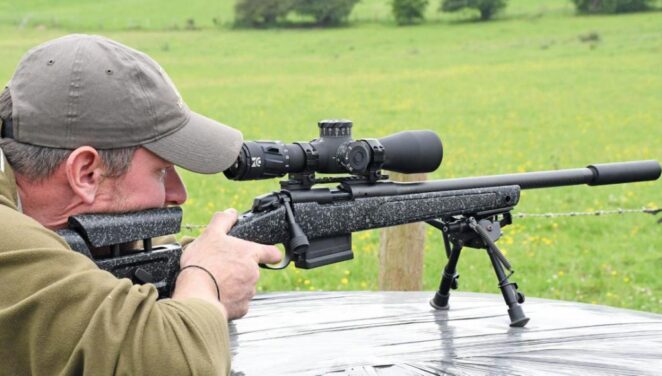
Breath control is not an essential element of precise shooting, but it certainly can help. The KISS (Keep It Short & Simple) method of breath control involves stopping breathing while aiming and firing the shot.
As easy as that, no breathing gymnastics or gradual exhale. This minor trick helps the shooter to reduce the amount of movement of the weapon, allowing for a more accurate shot. This is not a million-dollar revelation, but in case you didn’t practice that, it’s worth giving a try. When you become more proficient with firearms, you’ll learn to negate this motion difference without needing to hold your breath.
Trigger Pull Proficiency
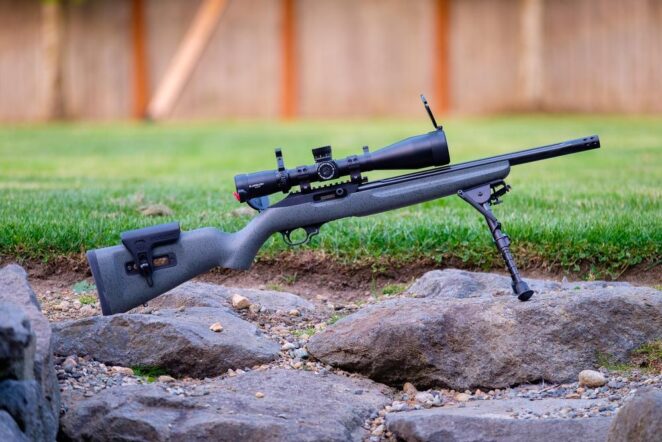
Trigger pull is the magic gesture that puts everything into action. As such, its proper execution is one of the keys to an accurate shot. Proper finger placement is the first element of this spell. Navy SEAL Sniper Instructor, Chris Sajnog, teaches that the most important part of proper trigger pulling is to use the middle of the first index finger pad.
This helps to ensure the shooter has complete control over the gun and minimizes any jerking or movement that could affect accuracy.
It’s also OK to anticipate the shot. Novice shooters are often told to relax and act as if nothing is going to happen to be surprised by the shot and not flinch. However, working on a smooth and steady pressure on the trigger will pay off more than learning to act chill.
External Factors
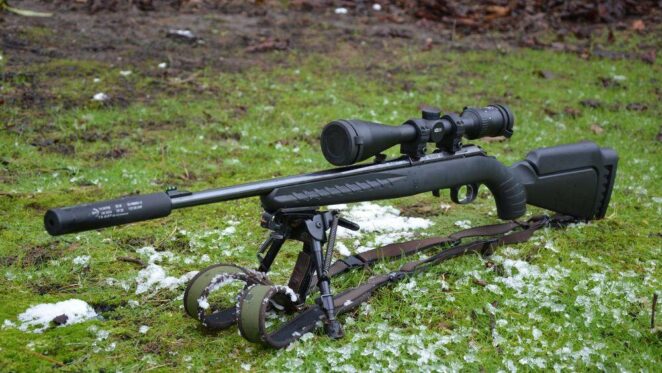
Your shots don’t take place in a vacuum. In case you are shooting indoors, the effect of external influence is close to none. But if you are shooting outdoors, there are several factors that affect the trajectory of your shot. The wind is the most prominent one, but humidity and temperature may affect it too.
Wind can make the bullet drift off course. This is especially true for 22 rifles since their bullets are generally lighter and are easier to lead astray. As such, you should account for the direction and strength of the wind to offset its influence.
Humidity may cause the gunpowder to burn differently than expected and temperature may cause bullets to expand or contract depending on their material composition. You won’t know how these factors will influence the trajectory of your bullet until after the shot is made, but you can account for them afterward.
Conclusion
While ensuring you equip your firearm legally, it’s crucial to understand the latest regulations on permissible equipment.
Though we’ve listed a number of factors that might help you increase your accuracy, the main tip is to keep practicing.
Words from the internet make for OK guides, but personal experience is a much better one. Keep landing those shots, try out different things, and eventually, you’ll see the fruits of your efforts.



